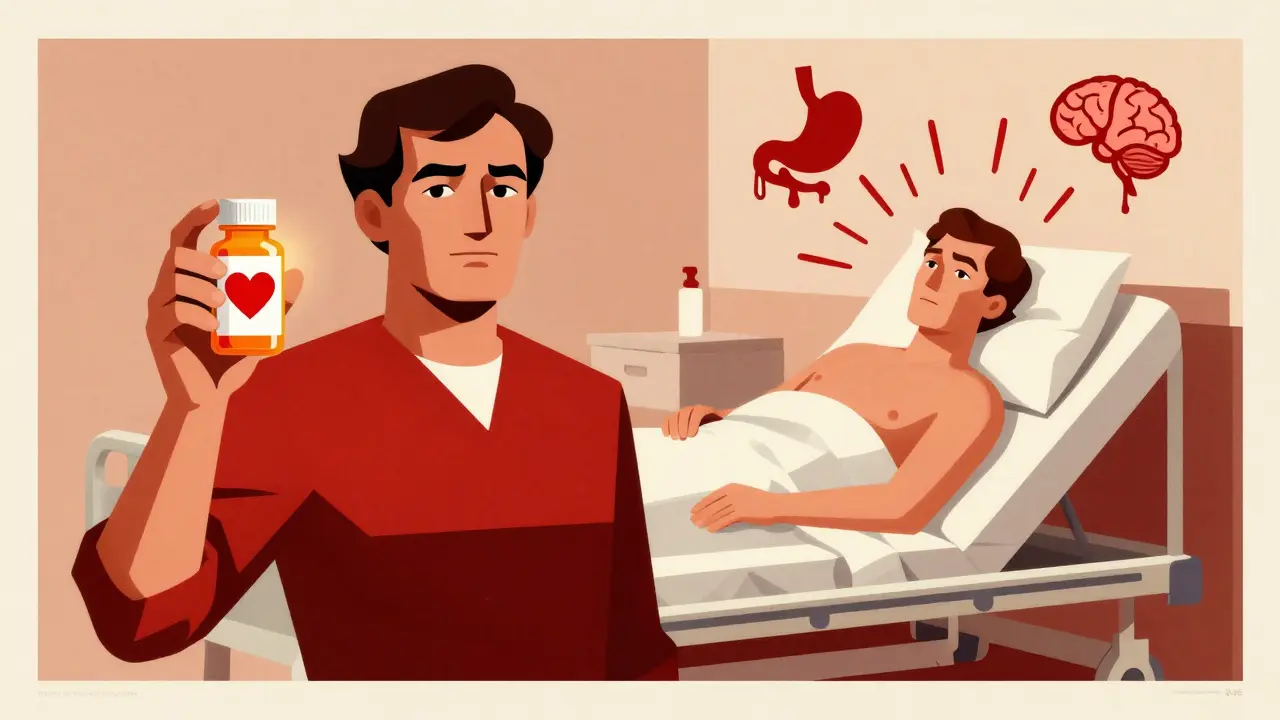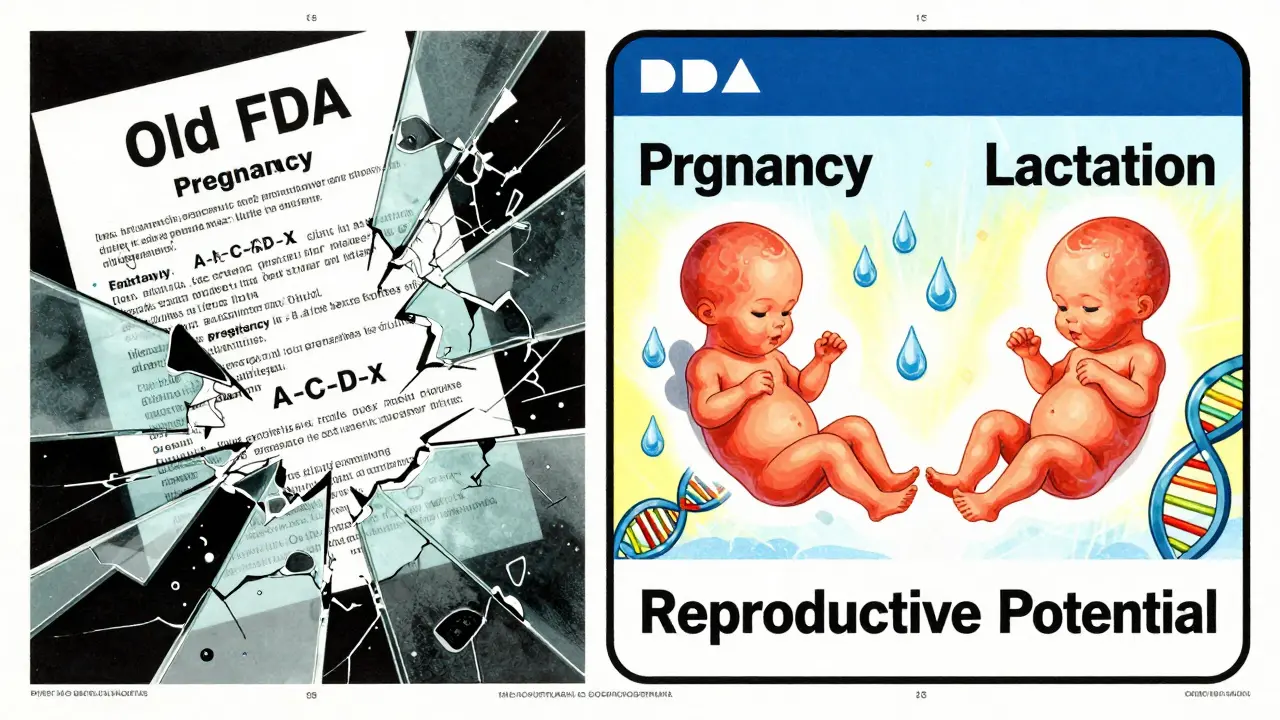Chromosome-Positive Lymphoblastic Leukemia Patients are individuals diagnosed with acute lymphoblastic leukemia (ALL) that carries specific cytogenetic abnormalities, such as the Philadelphia chromosome (t(9;22)). These genetic markers influence disease aggressiveness and treatment protocols, making tailored support essential for recovery.
Understanding Chromosome-Positive Acute Lymphoblastic Leukemia
Acute Lymphoblastic Leukemia (ALL) is a fast‑growing blood cancer that mainly affects white blood cell precursors. When a Cytogenetic Abnormality like the Philadelphia chromosome is present, patients face a higher relapse risk but also benefit from targeted therapies (e.g., tyrosine‑kinase inhibitors). According to the American Cancer Society, chromosome‑positive ALL accounts for roughly 25% of adult cases and 3% of pediatric cases, with a 5‑year survival around 45% for adults and 70% for children when comprehensive care is applied.
Why Family and Friends Matter
Research from the National Institutes of Health shows that a strong Psychosocial Support network can improve adherence to chemotherapy by up to 30% and lower depression scores by 15% during the induction phase. Family members often become the primary caregivers, providing day‑to‑day logistics, while friends contribute motivation and a sense of normalcy.
Types of Support and Their Impact
Support can be grouped into four categories. The table below compares each type, its key attributes, and the typical benefit for chromosome‑positive leukemia patients.
| Support Type | Primary Attribute | Typical Benefit |
|---|---|---|
| Emotional | Empathy & reassurance | Reduced anxiety, higher treatment adherence |
| Practical | Transport, meal prep, medication management | Fewer missed appointments, better nutrition |
| Informational | Education about side effects, trial options | Empowered decision‑making, lower uncertainty |
| Financial | Assistance with bills, insurance navigation | Less stress, more focus on recovery |
Practical Ways Family Can Help
- Coordinate Appointments: Use a shared calendar (Google or paper) to track infusion dates, lab work, and follow‑ups.
- Manage Medications: Keep a pill organizer labeled with drug name, dosage, and timing. This reduces errors during the intense induction phase.
- Provide Nutritious Meals: High‑protein, low‑irritant foods (e.g., grilled chicken, steamed veggies) support bone‑marrow recovery. Involve a Hospital Nutritionist for personalized plans.
- Assist with Hygiene: Gentle oral care and skin moisturization help mitigate chemotherapy‑induced mucositis.
- Offer Emotional Check‑ins: Ask open‑ended questions like “How are you feeling today?” rather than assuming the patient is okay.
These actions address both practical and emotional needs, directly influencing the patient’s Quality of Life scores.
Friends' Unique Contributions
Friends often bring a refreshing perspective that differs from family roles. Examples include:
- Organizing a surprise video call with classmates to keep the patient connected to normal life.
- Sharing a favorite playlist to distract during painful procedures.
- Accompanying the patient on short walks, boosting physical activity without feeling like a "treatment task."
- Helping research clinical trial options in collaboration with the patient’s oncologist.
These gestures can lower perceived isolation, a factor linked to higher relapse risk according to a 2023 study published in *Leukemia Research*.

Managing Caregiver Stress and Burnout
Intense caregiving can lead to Caregiver Burnout, manifested as exhaustion, irritability, and compromised health. A Simple 3‑step self‑care routine helps:
- Schedule Daily Breaks: Fifteen‑minute mindfulness or a quick walk.
- Seek Peer Support: Join a Support Group for families of ALL patients; sharing experiences normalizes emotions.
- Utilize Professional Help: Hospital Social Workers can arrange respite services and financial counseling.
Maintaining caregiver wellbeing directly improves the patient’s treatment tolerance.
Leveraging Professional Resources
Beyond the immediate circle, several healthcare professionals play a pivotal role:
- Oncologists tailor therapy based on the specific chromosome abnormality.
- Psychologists provide coping‑skill workshops for both patients and families.
- Pharmacists clarify drug interactions, especially when targeted agents are added.
- Physical Therapists design low‑impact exercises to preserve muscle mass during treatment.
Integrating these experts creates a holistic care plan that addresses the disease, its treatment, and the surrounding psychosocial environment.
Building a Long‑Term Support Network
Survivorship doesn’t end when remission is declared. Ongoing support includes:
- Regular Follow‑Ups: Yearly bone‑marrow biopsies and blood work to monitor minimal residual disease.
- Nutrition Maintenance: Continue high‑protein diets; supplement with vitamin D and omega‑3 fatty acids, proven to aid immune recovery.
- Physical Activity: Light strength training 2‑3 times per week improves fatigue scores.
- Community Involvement: Participate in leukemia awareness walks; it reinforces purpose and offers peer connection.
These steps ensure that the patient’s Survival Rate improvements are sustained beyond the acute treatment window.
Related Concepts
Understanding the broader landscape helps families navigate decisions more confidently. Related topics include:
- Targeted Therapy for Philadelphia‑positive ALL (e.g., imatinib).
- Minimal Residual Disease (MRD) monitoring as a predictor of relapse.
- Stem Cell Transplantation as a consolidation option for high‑risk patients.
Exploring these areas provides a clearer picture of treatment pathways and the role of support at each stage.
Frequently Asked Questions
How can I tell if my loved one needs more emotional support?
Look for signs like persistent sadness, withdrawal from activities, or frequent crying. If these appear for more than two weeks, consider reaching out to a psychologist or joining a support group.
What practical tasks should family members prioritize during induction therapy?
Scheduling appointments, managing medication calendars, preparing soft‑texture meals, and handling transportation are top priorities. Delegating these tasks among several family members reduces the burden on any single person.
Can friends really affect treatment outcomes, or is it just morale?
Both. Studies show that patients with robust friend networks have higher chemotherapy adherence rates, which directly correlates with better survival. Friends also provide distraction and normalcy that lower stress hormones known to impair immune function.
What are early warning signs of caregiver burnout?
Excessive fatigue, irritability, frequent headaches, and neglect of one’s own health appointments. If any of these emerge, it’s time to seek respite services or counseling.
How do I find a qualified hospital social worker?
Ask the oncology department or look for the "Patient Services" desk. Certified social workers usually have the credential "LCSW" (Licensed Clinical Social Worker) and experience with oncology patients.
Is financial assistance available for targeted therapies?
Yes. Many pharmaceutical companies run patient‑assistance programs for drugs like imatinib. Hospital financial counselors can also help navigate insurance prior‑authorizations and charitable grants.




Kartikeya Prasad
September 22, 2025 AT 00:24Wow, another guide on how to turn your kitchen into a makeshift clinic – because who doesn’t love a spreadsheet for chemo appointments? 😏 But seriously, coordinating meds on a shared calendar can cut down on missed doses, and a little humor never hurts when you’re counting pills.
Just remember to tag family members so they don’t accidentally double‑book a ride, and keep a backup folder for insurance paperwork. 🎉
HARI PRASATH PRASATH
September 26, 2025 AT 01:37i think you all overcomplicate things just get a friend to drive and buy pre‑made meals . stop with the tables .
Andrew Miller
September 30, 2025 AT 02:50Another day, another chemo, but the vibes stay weird.
Brent Herr
October 4, 2025 AT 04:04Listen, pretending that a friendly carpool solves deep‑rooted burnout is just naive. Families need to recognize when they’re crossing the line from caregiver to enabler. Being aggressive about emotional check‑ins can feel invasive, but it forces honest conversations about mental health. If you keep sugar‑coating the stress, you’ll only fuel more resentment.
Julius Adebowale
October 8, 2025 AT 05:17Data shows that adherence improves with organized transport and pill calendars. Minimal errors mean higher remission rates
KISHORE KANKIPATI
October 12, 2025 AT 06:30What a rainbow of ideas! 🌈 Your tip about meal prepping with a nutritionist is gold. I’ve seen patients bounce back faster when they get protein‑packed soups and gentle snacks. Keep the positivity coming, it really does lift everyone’s spirits.
Jefferson Vine
October 16, 2025 AT 07:44Sure, but have you considered that the real power behind those “support groups” might be a covert agenda to push experimental drugs? The pharma lobby loves to hide behind friendly playlists and video calls. I’m not saying every friend is a spy, but stay skeptical, especially when a new trial pops up out of nowhere. Knowledge is the only real shield.
Ben Wyatt
October 20, 2025 AT 08:57Love the practical checklist! Keeping a pill organizer and a shared Google Calendar can make a world of difference. It’s amazing how a simple reminder can boost confidence during those tough weeks. Thanks for breaking it down so clearly.
Donna Oberg
October 24, 2025 AT 10:10Wow!!! This is absolutely fantastic!!!! I can't believe how many details there are- from nutrition to mindfulness breaks!!!! It's like a survival guide for the soul!!!! Thank you for the meticulous breakdown!!!!
Garreth Collard
October 28, 2025 AT 10:24Honestly, most of this sounds like a self‑help pamphlet written by someone who never sat through a chemo session. If you want real impact, start by questioning the institutional narratives that dictate “standard care.”
Daniel LaMontagne
November 1, 2025 AT 11:37👍 Great points! I’ve seen the power of a simple emoji in a text to lift a patient’s mood. Keep the friendly vibes coming, and let’s remember that every little act of kindness counts. 🎈
Gary Levy
November 5, 2025 AT 12:50The emphasis on long‑term follow‑ups really resonated with me. After remission, many families think the battle is over, but subtle monitoring of MRD can catch relapse early. Also, incorporating light resistance training a few times a week has been shown to reduce fatigue and improve quality of life. It’s all about consistency, not intensity.
sourabh kumar
November 9, 2025 AT 14:04yeah but dont forget to ask insurance about coverage for physio its cheap they will not pay if you dont ask
Christian Miller
November 13, 2025 AT 15:17In the grand scheme, one must question whether the data presented by mainstream oncology is being selectively disclosed. For example, the survival statistics often omit long‑term toxicities that could be tied to hidden corporate interests. A critical eye is essential when evaluating any medical guideline.
NORMAND TRUDEL-HACHÉ
November 17, 2025 AT 16:30Interesting points, but honestly, the whole “support network” buzz is just a way to shift responsibility onto families. People need to focus on the actual treatment protocol instead of these feel‑good exercises.
AJIT SHARMA
November 21, 2025 AT 17:44Honestly, this article is just fluff. Real patients need hard‑line policies, not feel‑good suggestions. If you want results, enforce strict schedules and cut the emotional nonsense.
Neber Laura
November 25, 2025 AT 18:57Data suggests emotional support correlates with adherence. Ignoring that is a disservice.
Karen Nirupa
November 29, 2025 AT 20:10Esteemed colleagues, I wish to express profound gratitude for the comprehensive overview presented herein. The meticulous articulation of both psychosocial and clinical facets demonstrates an exemplary commitment to patient‑centered care. Moreover, the inclusion of actionable strategies fosters a collaborative environment wherein families, clinicians, and ancillary staff may synergistically enhance therapeutic outcomes. I encourage continued discourse on these matters within our professional community.
Quinn Comprosky
December 3, 2025 AT 21:24When we talk about support for chromosome‑positive leukemia patients, we must first acknowledge that the journey is not a linear path but a labyrinthine experience that intertwines medical interventions with the subjective realities of daily living. The literature reminds us that emotional scaffolding can improve chemotherapy adherence by up to thirty percent, a statistic that is not merely academic but has tangible repercussions on survival curves. Yet, the mechanism behind this improvement is not solely the reduction of depressive symptoms, it also involves a complex feedback loop where confidence begets compliance, and compliance begets hope. Practical support, such as coordinated transportation, mitigates the logistical fatigue that often leads families to miss critical infusion appointments, and this logistical fatigue is a silent predator in the therapeutic landscape. Nutritional support, frequently understated, plays a pivotal role; high‑protein diets sustain marrow recovery, and the absence of appropriate nutrition can precipitate treatment‑related cytopenias that delay subsequent cycles. The psychosocial dimension extends beyond immediate family – friends provide a counterbalance to the insular atmosphere of the hospital ward, delivering a sense of normalcy through activities like curated playlists or spontaneous video calls. These seemingly trivial gestures have been shown to lower cortisol spikes, which in turn modulate immune function, a pathway that is increasingly recognized in oncologic outcomes research. Caregiver burnout, however, must be vigilantly monitored; the cascade of exhaustion, irritability, and health neglect among caregivers can indirectly impair patient outcomes through reduced vigilance. Implementing structured respite periods, as recommended by oncology social workers, restores caregiver capacity and reinforces the sustainability of the support network. Moreover, professional resources – psychologists, pharmacists, physical therapists – form a multidisciplinary matrix that amplifies the efficacy of home‑based care. Each specialist contributes a unique expertise, from managing drug–drug interactions to designing low‑impact exercise regimens that preserve muscle mass during cytotoxic therapy. Long‑term survivorship care plans should not be relegated to the post‑remission phase; they must evolve into living documents that incorporate routine MRD monitoring, nutritional recalibration, and community engagement through awareness events. By fostering a dynamic, inclusive support ecosystem, we not only improve immediate treatment adherence but also lay the groundwork for durable remission and enhanced quality of life. In sum, the convergence of emotional, practical, informational, and financial support constitutes a synergistic force capable of reshaping the prognosis for chromosome‑positive leukemia patients.